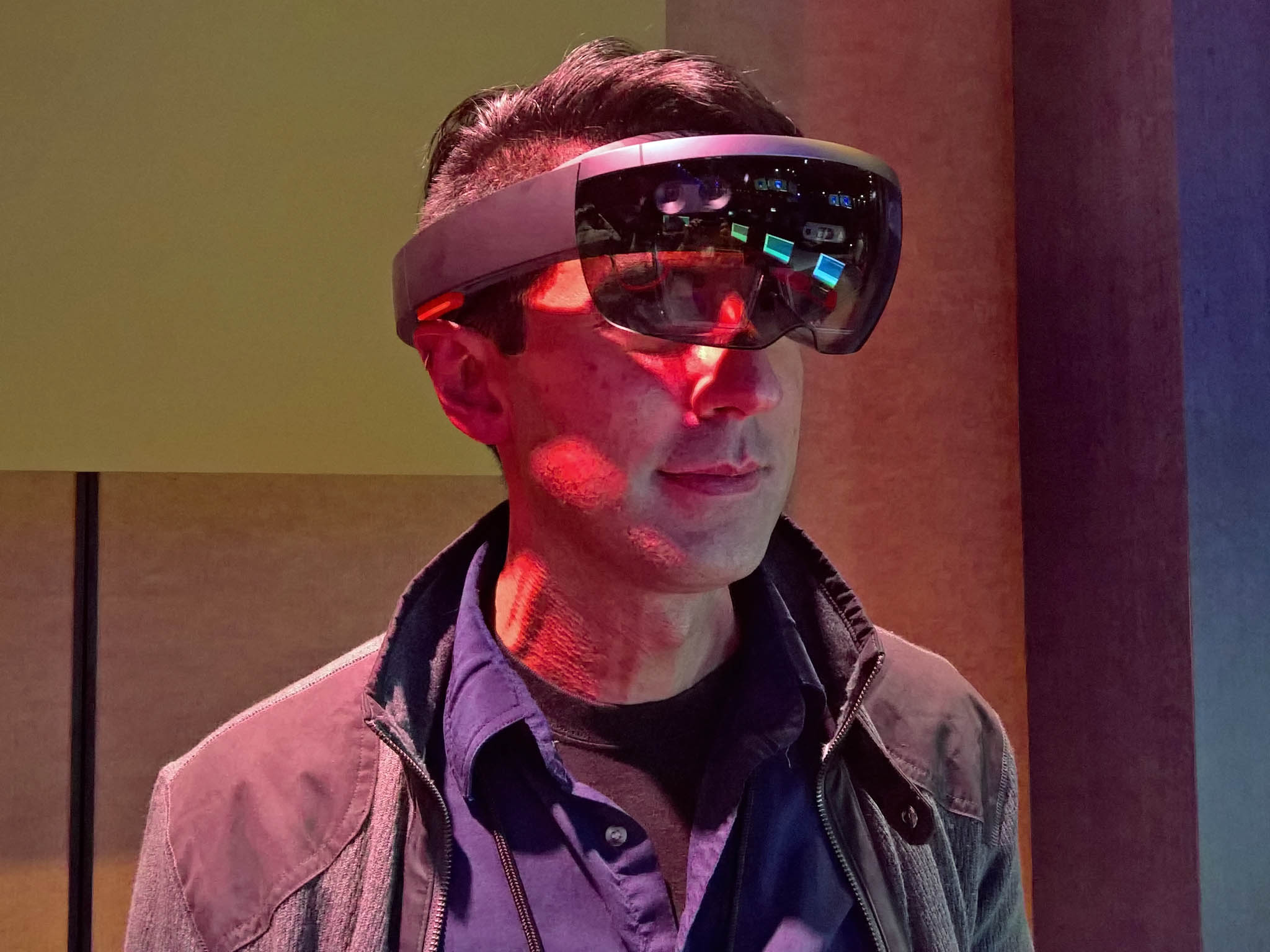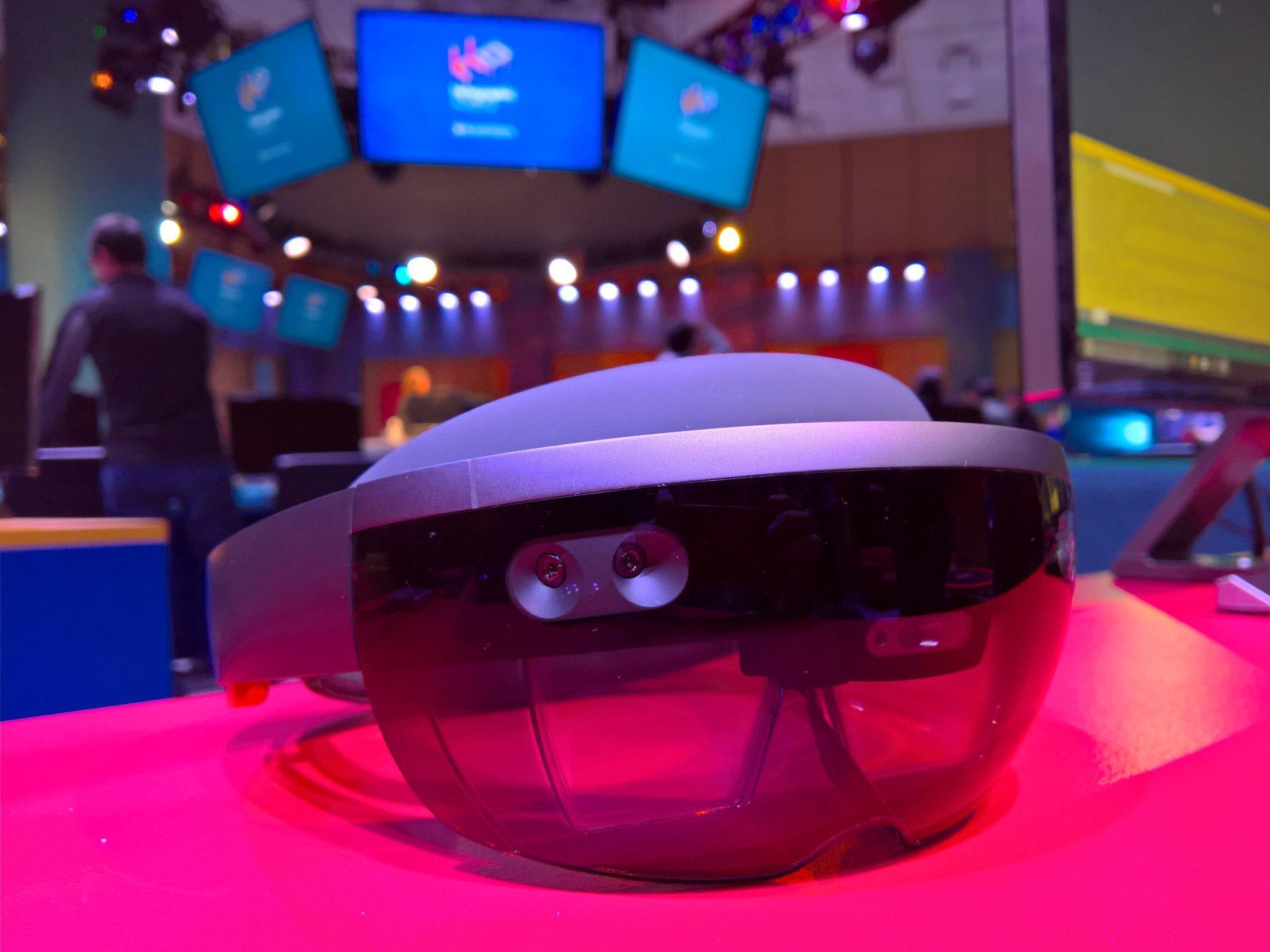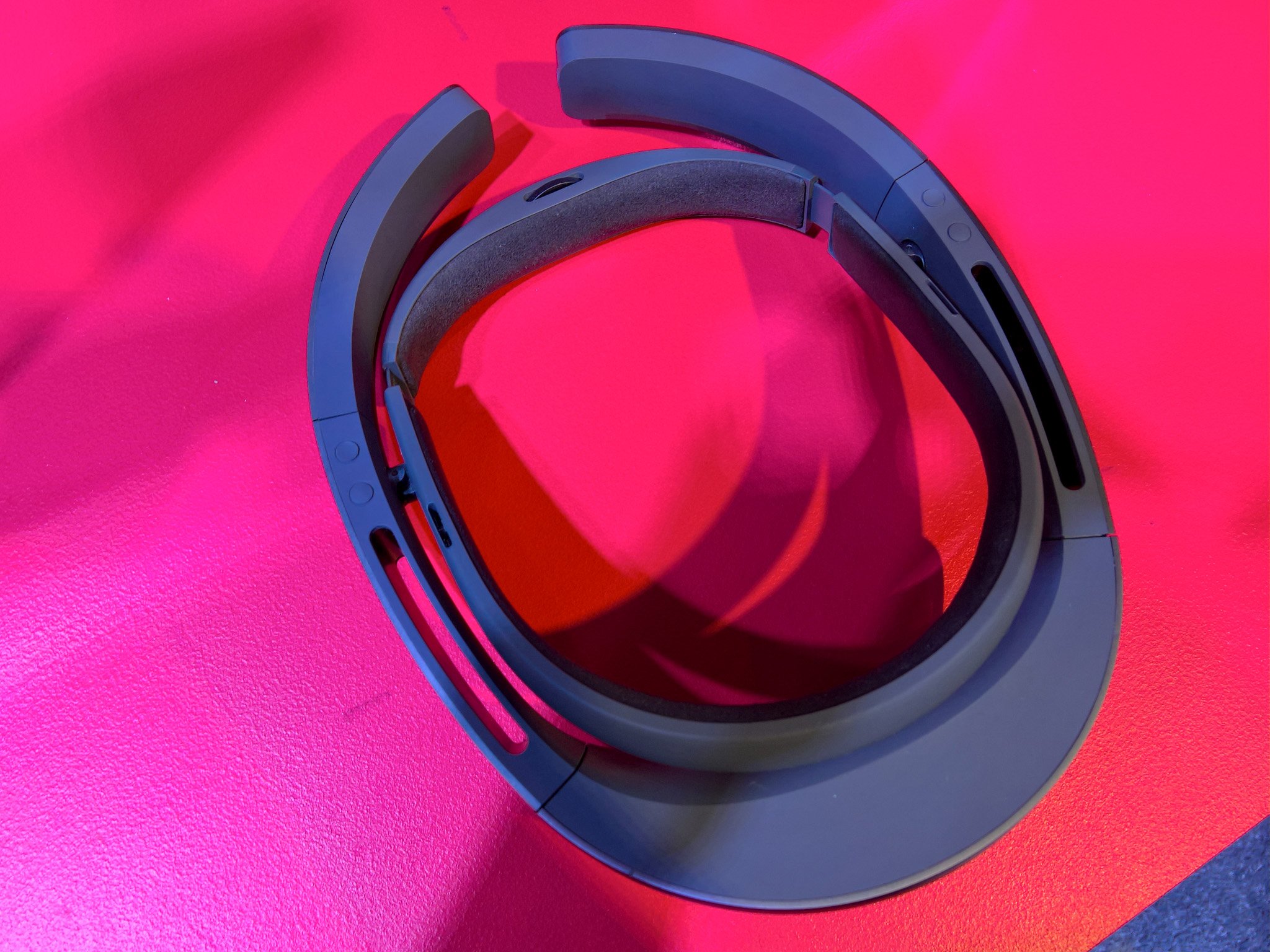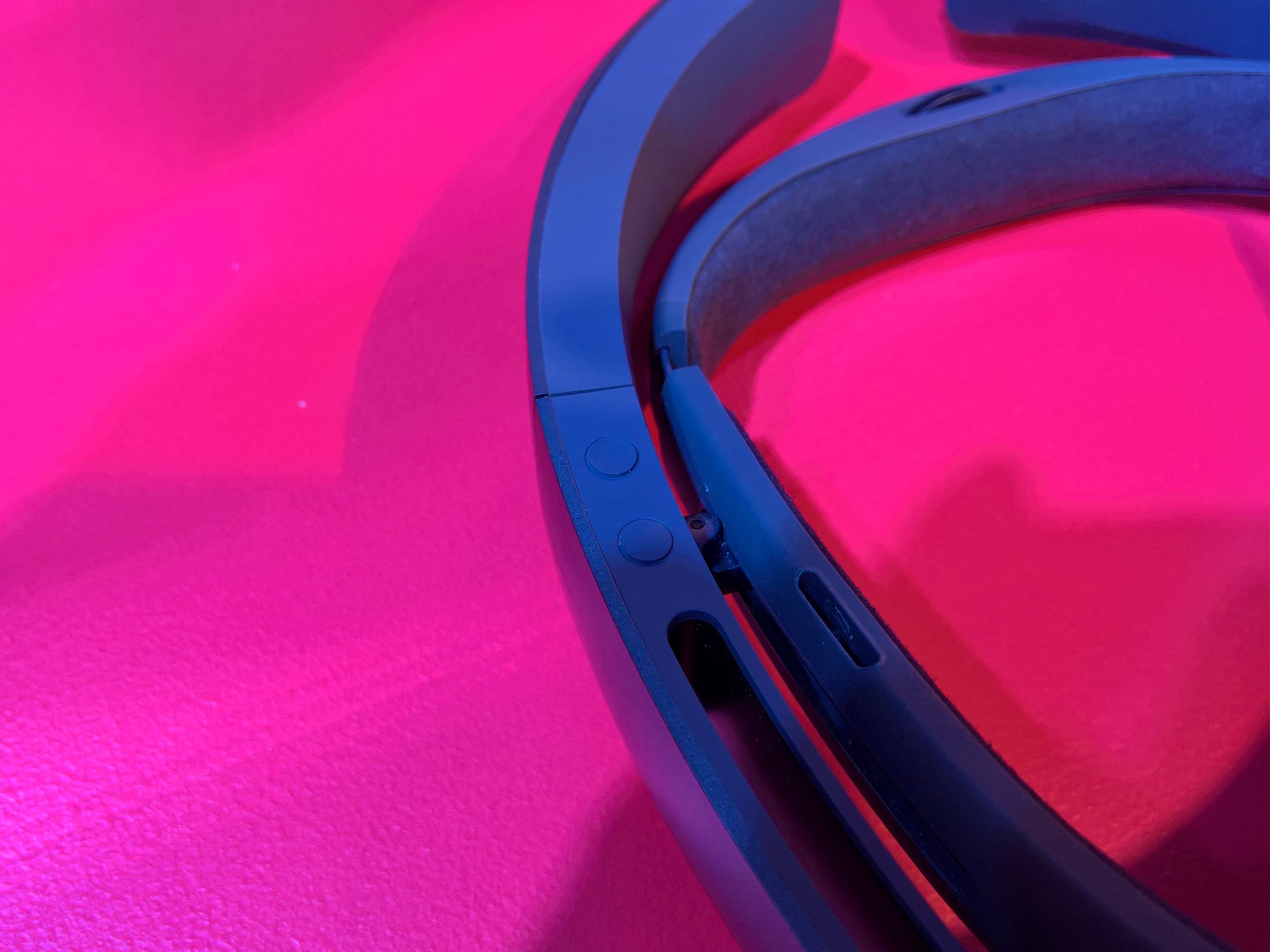Experiencing the latest version of HoloLens at Build 2016

Over the last 15 months, we have seen Microsoft's HoloLens go from announcement to an actual shipping device to developers. Last night, I had the opportunity to demo the latest version of the hardware and software at the HoloLens Academy.
The HoloLens Academy is a 3-hour course for developers to dive into holographic computing including compiling and deploying holograms to the HoloLens hardware. For media, we had a shortened version at just 90 minutes with the device, software, and Microsoft HoloLens experts.
Watch my reaction video to the event to get my thoughts on HoloLens for 2016. Here are a few things I notice that has changed:
- Hardware changes – HoloLens now has much better options for fitting on your head and making adjustments. Where in the past it was harder to line up things and get a fitting, this time, it was easier due to the way the headset can be adjusted
- Volume and Brightness – There are now button on the device to control volume (right side, over the ear) and brightness of the display (over the left ear)
- Interpupillary Distance – Previously, someone would physically measure your IPD (distance between your pupils) for HoloLens calibration. Now, there is a program that does it for you within the HoloLens itself. It was simple to use and worked well.
- Sharing – For the first time, we experienced sharing holograms with other HoloLens users. The system lets you 'agree' on what the real-world is around you and for everyone to see and interact with the same hologram.
- Menu – For the first time, we saw the HoloLens menu. You do not always need to have a hologram deployed. You could run Hey Cortana, run Microsoft Edge, and run apps like Skype through a holographic menu that works through gaze and more
- Gaze following – Holograms can now follow your gaze, which helps keep them within your line of sight at all times and they can stay centered. This makes the limited view less of a problem
- FOV – Filed of view just does not seem as bad as in the past. I do not think it has changed, but rather the mechanics of the holograms (see above) has made it feel less of an issue. Combined with the better fit of the hardware and auto-IPD calibration the holograms were lined up perfectly with my vision






Overall, this latest HoloLens experience (my fifth or sixth time, I've lost count) was very exciting. Considering this is v1.0 of holographic computing outside of a lab the wearable computer is a modern miracle.
We'll have a lot more on HoloLens in the coming weeks since last we checked they start shipping this week. Who knows where they will end up!
All the latest news, reviews, and guides for Windows and Xbox diehards.

Daniel Rubino is the Editor-in-chief of Windows Central. He is also the head reviewer, podcast co-host, and analyst. He has been covering Microsoft since 2007 when this site was called WMExperts (and later Windows Phone Central). His interests include Windows, laptops, next-gen computing, and wearable tech. He has reviewed laptops for over 10 years and is particularly fond of 2-in-1 convertibles, Arm64 processors, new form factors, and thin-and-light PCs. Before all this tech stuff, he worked on a Ph.D. in linguistics, performed polysomnographs in NYC, and was a motion-picture operator for 17 years.

